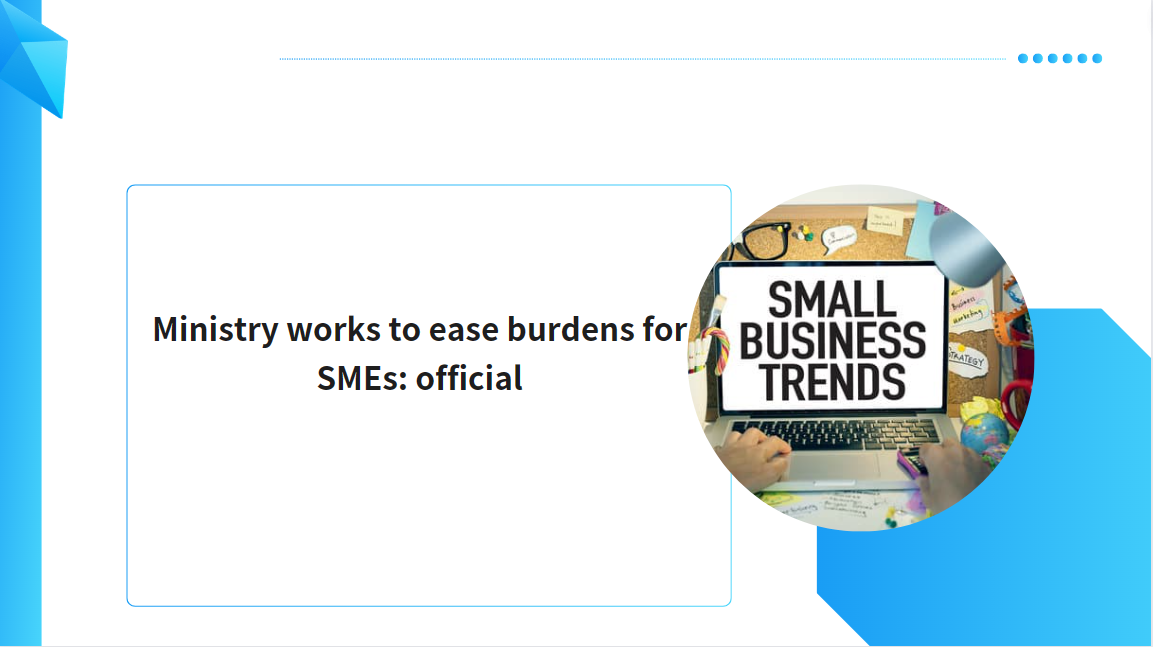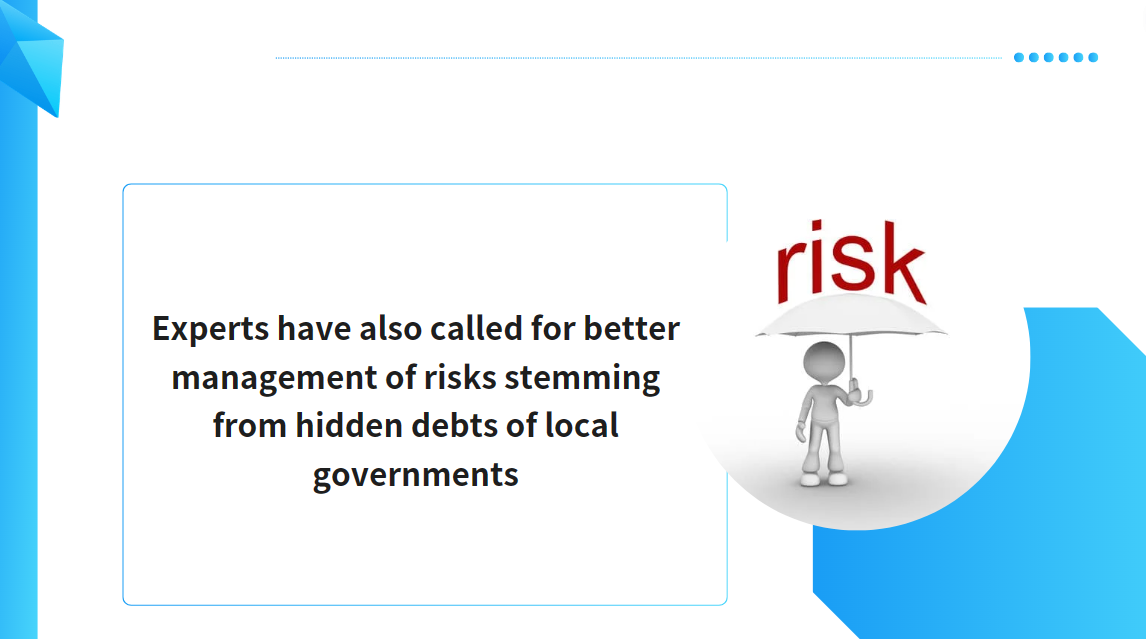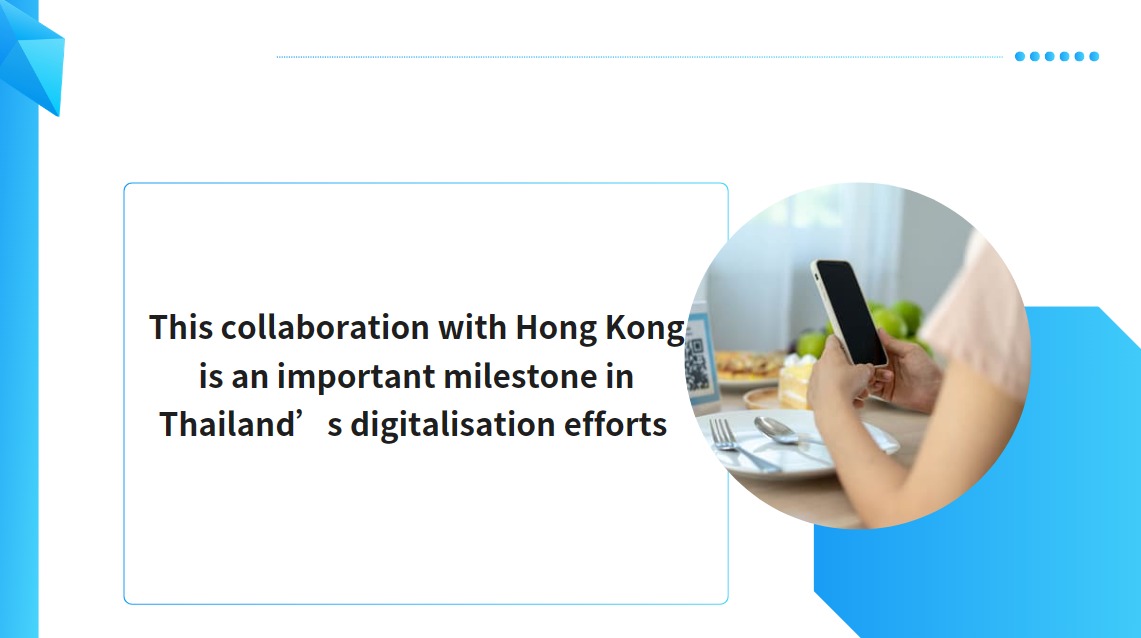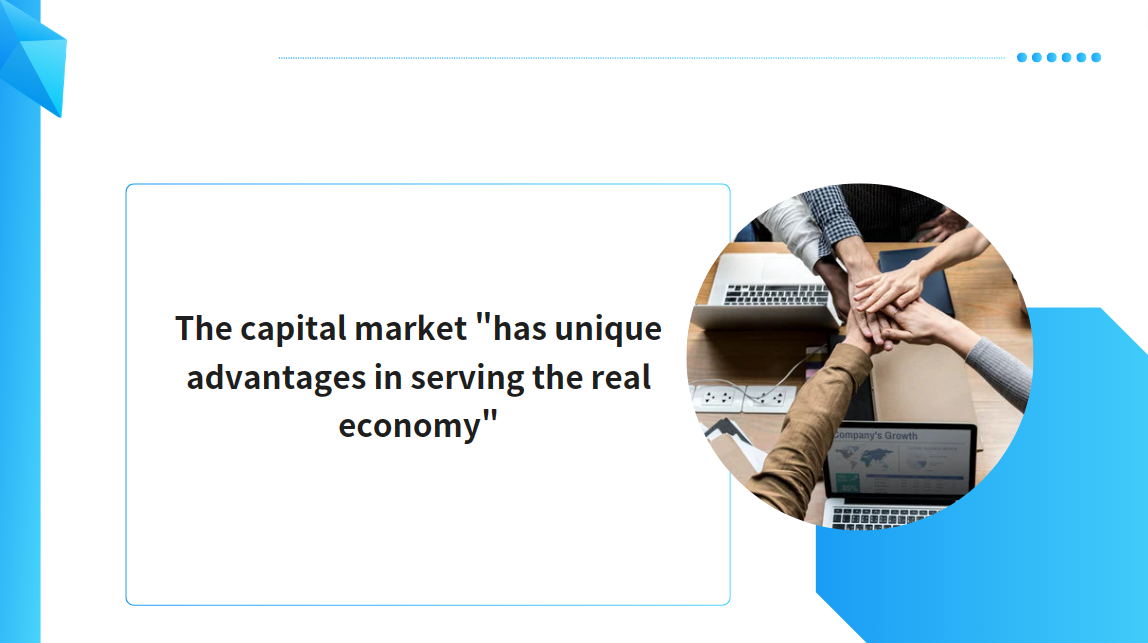MAS Launches World's First Multi-Sector Transition Taxonomy
The Monetary Authority of Singapore (MAS) launched the Singapore-Asia Taxonomy for Sustainable Finance (Singapore-Asia Taxonomy) – which sets out detailed thresholds and criteria for defining green and transition activities that contribute to climate change mitigation across eight focus sectors [0] .
Credible definitions for transition activities
Defining transition is particularly salient in Asia, where the progressive shift towards a net zero economy is taking place alongside economic development, population growth, and rising energy demands. Providing clarity on what constitutes sustainable and transition financing will also help to reduce the risk of green or transition washing, as financial institutions will be able to identify and disclose how their financed activities and labelled products are aligned with the taxonomy.
The Singapore-Asia Taxonomy is the first taxonomy globally to pioneer the concept of a “transition” category. This is in recognition of the need to properly contextualise “transition” for the Asian region.
Transition activities are comprehensively defined through two new approaches:
- A traffic light system [0] that defines green, transition and ineligible activities across the eight focus sectors. “Transition” refers to activities that do not meet the green thresholds now but are on a pathway to net zero or contributing to net zero outcomes. To signal the importance of progression towards a 1.5 degree Celsius (1.5°C) aligned outcome, transition thresholds do not last indefinitely and have a sunset date.
- A “measures-based approach” that seeks to encourage capital investments into decarbonisation measures or processes that will help reduce the emissions intensity of activities and enable the activities to meet the green criteria over time.
-
Hard-to-abate sectors
Defining credible transition thresholds is especially pertinent to sectors that find it challenging to reduce emissions and meet a 1.5°C aligned outcome due to current technological constraints. For example, in the maritime sector, zero or low-carbon fuels are still in a nascent stage of technological evolution and it is challenging for vessels to achieve the zero emissions required to meet “green” thresholds. The introduction of amber thresholds caters to vessels that are aligned with industry targets under the 2023 International Maritime Organisation Greenhouse Gas Strategy to reach net-zero emissions by or around 2050, which sets intermediate targets of reducing emissions by at least 20% and striving for 30% by 2030 compared to 2008 levels.
Early phase-out of coal-fired power plants
The Singapore-Asia Taxonomy provides a credible framework to phase-out coal-fired power plants (CFPPs), which is a critical part of the energy transition in the Asia-Pacific region where coal accounts for almost 60% of power generation. To ensure credibility of the early coal phase-out process, the Taxonomy sets out both entity and facility-level criteria that are aligned to a 1.5°C scenario. Such criteria include that the electricity generated from the phased-out CFPP has to be fully replaced with clean energy within the same electricity grid and the coal plant needs to have a just transition plan.
Interoperability with global taxonomies
To enhance interoperability with global taxonomies, MAS has commenced an exercise to map the Singapore-Asia Taxonomy to the International Platform for Sustainable Finance (IPSF)’s Common Ground Taxonomy (CGT), which currently covers the EU Taxonomy and People Bank of China’s (PBOC) Green Bond Endorsed Project Catalogue. When this mapping is complete, financial institutions and market participants will be able to refer to a common set of definitions under the CGT, which would help increase taxonomy-aligned financing solutions and facilitate sustainable development in markets which the CGT covers. Through the Singapore-China Green Finance Taskforce, MAS is also working with the PBOC to promote the uptake of financial products that reference the China Green Bond Catalogue and the Singapore-Asia Taxonomy, and eventually the CGT when the mapping is completed. These efforts serve to facilitate cross-border financing flows.
MAS Managing Director Mr Ravi Menon said, “The Singapore-Asia Taxonomy is a significant milestone for several reasons. First, it is the first taxonomy globally that sets out credible definitions for transition activities. In most cases, we cannot go directly from brown to green. We need to go through a transition phase but we need to make sure this transition is credible. Second, this taxonomy has extensive coverage – it covers sectors making up 90% of the region’s greenhouse gas emissions. It will serve as a guide to allocate capital into green and transition activities for the region. Third, this taxonomy is industry-led. It draws extensively on the experience of financial institutions and real economy players engaged in transition activities in the region. It has gone through four rounds of public consultations.”
Chair of Green Finance Industry Taskforce (GFIT) and HSBC Singapore CEO Mr Wong Kee Joo said, “The Singapore-Asia Taxonomy takes an Asian perspective and offers a measures-based approach to defining transition activities, categorising them as "amber". This framework aims to help financial institutions optimise their support for the transition of hard-to-abate sectors, particularly in Asia. Its impact has been felt with the adoption of the proposed traffic-light approach by the ASEAN Taxonomy and other taxonomies in the region, further strengthening Singapore's position as a leader in sustainable finance. I would like to acknowledge the work of the GFIT Taxonomy Workstream Co-leads and members over the past four years, whose dedication and expertise have been instrumental in the development of the Singapore-Asia Taxonomy.”
The Singapore-Asia Taxonomy builds upon extensive feedback received from the previous four rounds of public consultation [0] . The Singapore-Asia Taxonomy will be reviewed periodically to keep pace with emerging science and technology improvements. Please refer to this link (13.8 MB) for the Singapore-Asia Taxonomy.
***
Note: Additional soundbites from industry partners can be found in the Annex (167.8 KB).
- [1] The eight focus sectors are: Energy, Real Estate, Transportation, Agriculture and Forestry/Land Use, Industrial, Information and Communication Technology, Waste/Circular Economy, Carbon Capture and Sequestration.
- [2] A green classification represents activities that contribute substantially to climate change mitigation by operating at near zero emissions, or are on a pathway to net zero by 2050. An amber classification represents transition activities which are either transitioning towards green within a certain time frame or enabling significant emissions reductions in the short term, while “ineligible” represents activities that are not currently eligible under the Taxonomy. Ineligible activities under the taxonomy may not always indicate significant harm.
-
- [3] Links to previous rounds of public consultation: First consultation; Second Consultation; Third Consultation; Fourth Consultation.





















































First, please LoginComment After ~